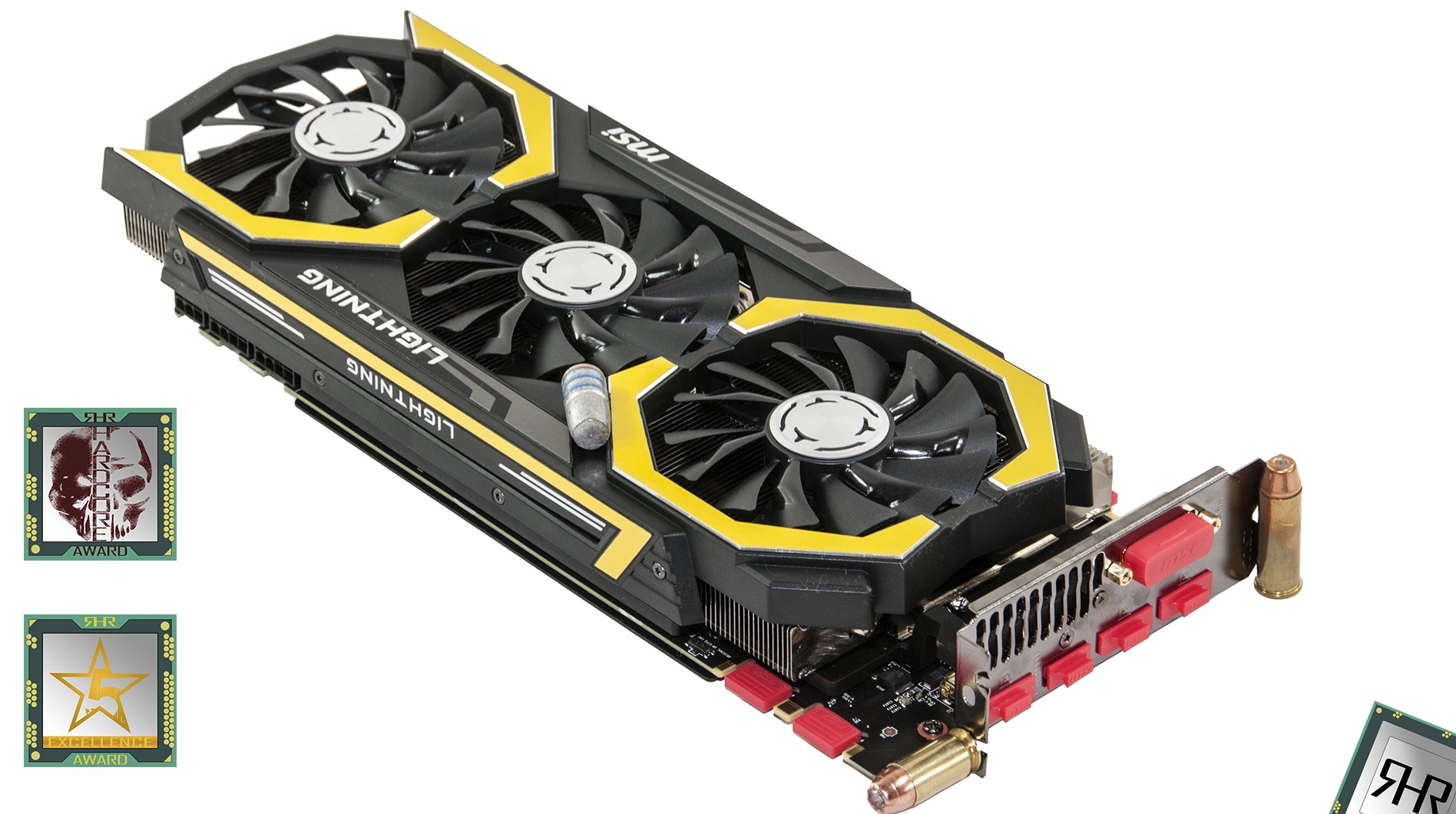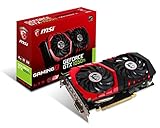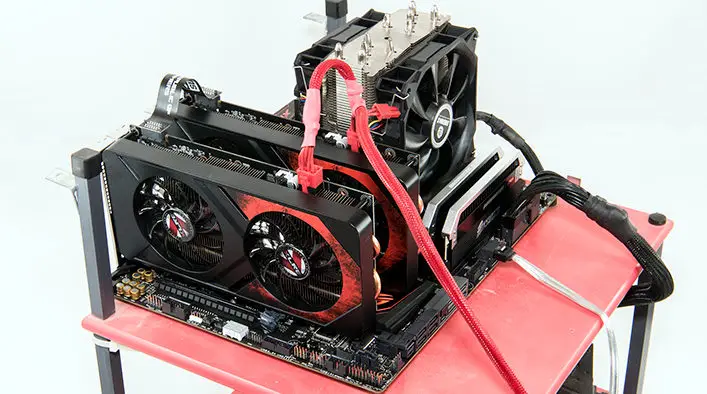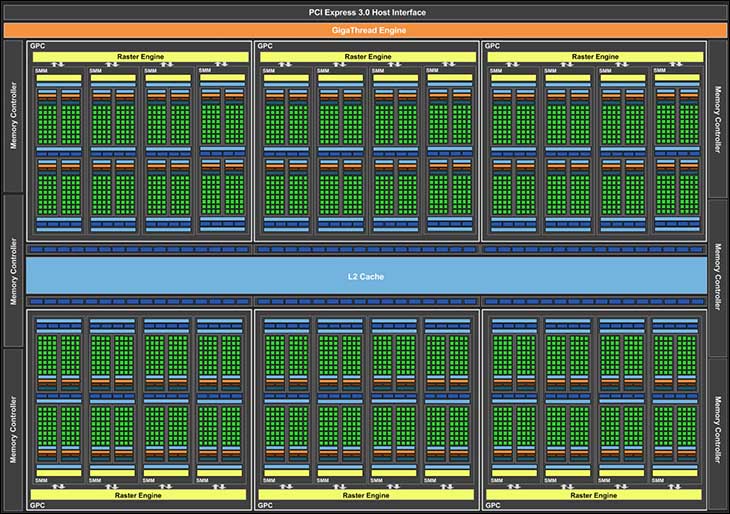
For anyone who is just starting out on their quest for their next high end video card, the GM200-310 can be considered a slightly cut down version of Maxwell core that powers the GeForce GTX Titan X series. To envision this, imagine Titan X’s ‘GM200-400’ core, aka the ‘fully enabled’ version of the Maxwell GM200 core, with its 6 Graphic Process Clusters (GPC). Each of these GPCs is made up of four streaming multiprocessor (SMM) ‘blocks’, one 64-bit memory controller and one Rasterizer engine. Each SMM block consists of 32 CUDA cores, 8 Raster Operation Pipelines (ROPs), and 8 Texture Units – plus other low level goodies.
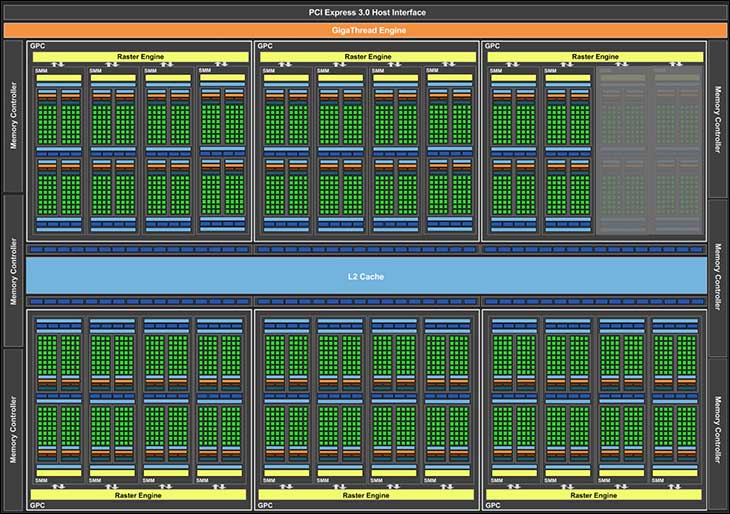
Now imagine that fully enabled core and simply disable two of the SMM’s, but leaving almost everything else intact, including the ROPs, L2 cache, and memory bus bandwidth. In fact, with the exception of the two disable SMM’s units, the only thing else cut from the ‘full’ GM200-400 core is the 64bit- memory controller in each GPC has had its abilities slightly degraded from 2GB per controller to a ‘mere’ 1GB.
That is what the 980Ti (aka GM200-310) is, a 2816 CUDA core, 176 Texture Unit, 96 ROPs, 3072K L2 cache beast with a 384-bit wide bus that can handle 6GB of GDDR5 memory. Equally important, the clock speed and boost speed of 1000MHz / 1075MHz has been left the same as the Titan X series. In other words consumers trade 256 Cuda cores, 16 Texture units, and 6GB of Memory for a 131% reduction is asking price. IE you literally can get two GTX 980Ti’s and have money left over for a better motherboard compared to purchasing just one Titan X. That is a good deal no matter how you look at it.
While some people will cry foul over NVIDIA waiting so long to release this version of the Maxwell architecture (we have heard people say that the Titan X should have been the 980Ti and the 980Ti should have been the GTX 980) the fact of the matter is the fabrication process is only now mature enough to give high yields of ‘full’ GM200 processors. Yes this means early adopters of GTX 980 video cards have now been pushed down the food chain, but the 980Ti is not meant to compete against the stock GTX 980. Instead the 980TI is meant to be the consumer orientated version of the Titan X. This is why reference 980Ti’s were released with a MSRP of $649 compared to the GTX 980’s $549, and Titan X’s $1499 price points. As an aside, most consumers looking at the 980Ti will probably be 780Ti owners looking to upgrade, so we would be remiss if we didn’t mention that this MSRP of $649 is $50 less than what the 780Ti’s MSRP was when it was released.
On the surface of things a stock 980Ti is indeed a marvelous piece of engineering, but it didn’t take consumers long to realize that while the clock rates may indeed be the same as the Titan X, they are noticeably slower than a ‘reference’ 980’s 1126/1216Mhz settings. Of course with so many extra Cuda Cores, Texture Units, and even ROPs, even heavily overclocked 980’s stood zero chance catching up with the GM200-310. It did however leave consumers wanting even more…and this is where the MSI Lightning 980Ti enters the equation.
